Filming on location can often cause all sorts of problems, and here are 10 ways in which the production of The Revenant was a complete disaster.

The Revenant is arguably one of the most well-known and successful movies in recent years. With commercial and critical success, it earned multiple awards and even gave Leonardo DiCaprio his long-awaited Academy Award.
But, not everyone knows that, in order to earn such success, the team had to endure numerous trials with challenges sometimes created by none other than Alejandro G. Inarritu, the director himself, whose plans were sometimes too ambitious to pull off.
Changing Lead Actors
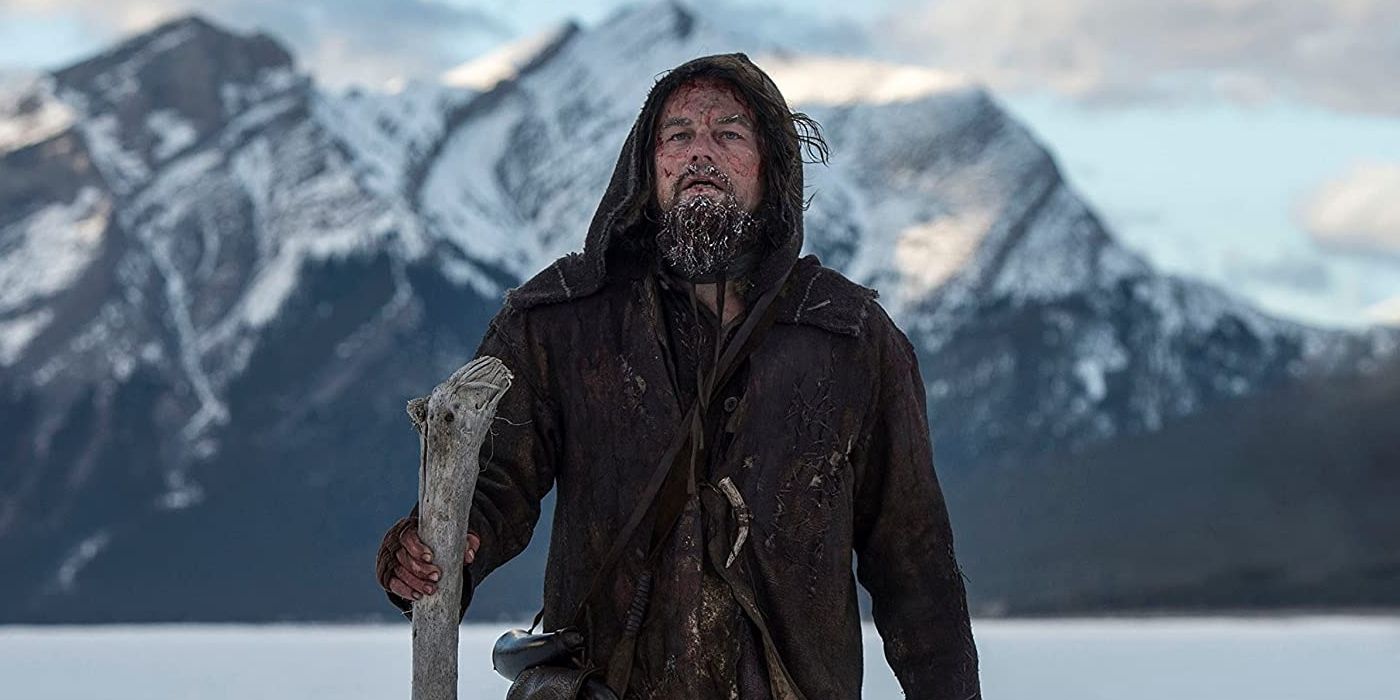
The Revenant Leonardo DiCaprio
Back in 2001, producer Akiva Goldsman had acquired the rights to Michael Punke’s yet-to-be-published manuscript on which the movie would eventually be based. At the time, Samuel L. Jackson was attached to star in the lead role.
Unfortunately, the development had stalled and was only rejuvenated in 2010 with Christian Bale now proposed to be the lead. Only later on, with the arrival of Inarritu would the movie acquire Leonardo DiCaprio as its main protagonist.
Changing Directors

John Fitzgerald in the woods in The Revenant
Much like the changing actors, the directors attached to the project also changed over time. In 2001, Park Chan-wook was set to direct, but he left the project later on.
In 2010, John Hillcoat was appointed as the director, and he was the one who wanted to see Bale playing the main protagonist. Later, Hillcoat left and Jean-Francois Richet, but, once Inarritu became the director, he started seeking DiCaprio for the lead.
Rewriting The Screenplay

The Revenant Leonardo DiCaprio
Almost immediately after becoming the director of the project, Inarritu started rewriting the script. In fact, there were two scripts by that point: one written by David Rabe in 2001, and a second one written by Mark L. Smith in 2010.
Inarritu was reworking Smith’s screenplay along with the screenwriter himself. Smith would later admit that he wasn’t sure that they would be able to film everything Inarritu came up with even though the director was positive that the sequences could be done.
The Film Was Put On Hold Again
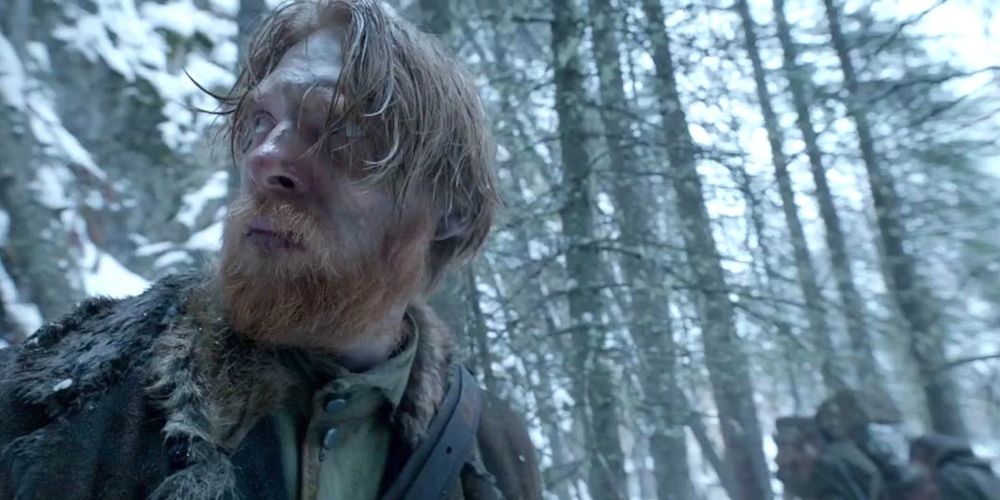
The Revenant
In 2012, the project was put on hold yet again because Inarritu was hired by New Regency to adapt Jennifer Vogel’s non-fiction book Flim-Flam Man. However, in December 2012, Inarritu announced that his next film would be Birdman, which he filmed in 2013. He would begin production of The Revenant after Birdman wrapped. The principal photography for The Revenant began in October 2014.
Poorly-Chosen Locations

Leonardo Dicaprio looks at the sky with a snowy mountain in the background in The Revenant.
It’s not that the movie’s locations look bad, but rather the fact that the chosen spots were almost impossible to get to. The chosen locations were situated in the mountains of Italy, Canada, and the United States. The cast and crew had to get to the locations every day because they couldn’t just stay there. Moreover, the trips there and back took quite some time, which was already an issue.
Filming Took Place In Natural Lighting
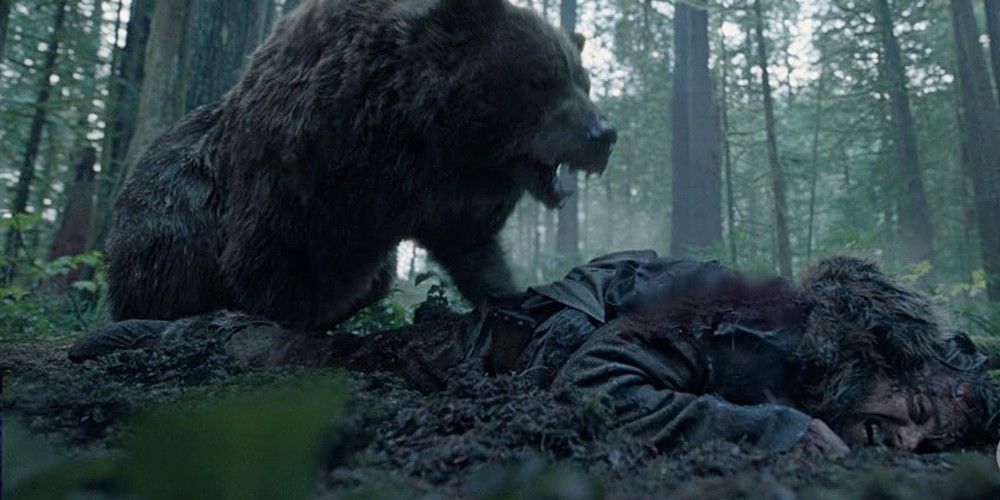
The bear appears in The Revenant
What made the situation much worse was that Inarritu decided that he wanted to film everything in natural lighting. This meant that the team had way less time to actually shoot the movie, which ended up stretching out principal photography until August 2015.
It took time to get there and then get back at the end of the day, but the team also couldn’t do it when it was dark, so, according to Inarritu himself, they spent around 40% of the day just to get to and back from locations.
Weather Conditions Were Not The Best

Hugh Glass in the wilderness in The Revenant
Because they were shooting in the mountains for the majority of the shoot, the weather was terribly cold, even freezing at times. Some actors had to get into cold rivers, and DiCaprio himself claimed that he endured “possible hypothermia constantly.”
Some of the last scenes to be shot had the opposite problem. The Canadian weather was too warm, so the team had to relocate to Rio Olivia in Argentina where there was enough snow on the ground to fit the scenes they had yet to complete.
Crew Members Were Constantly Leaving
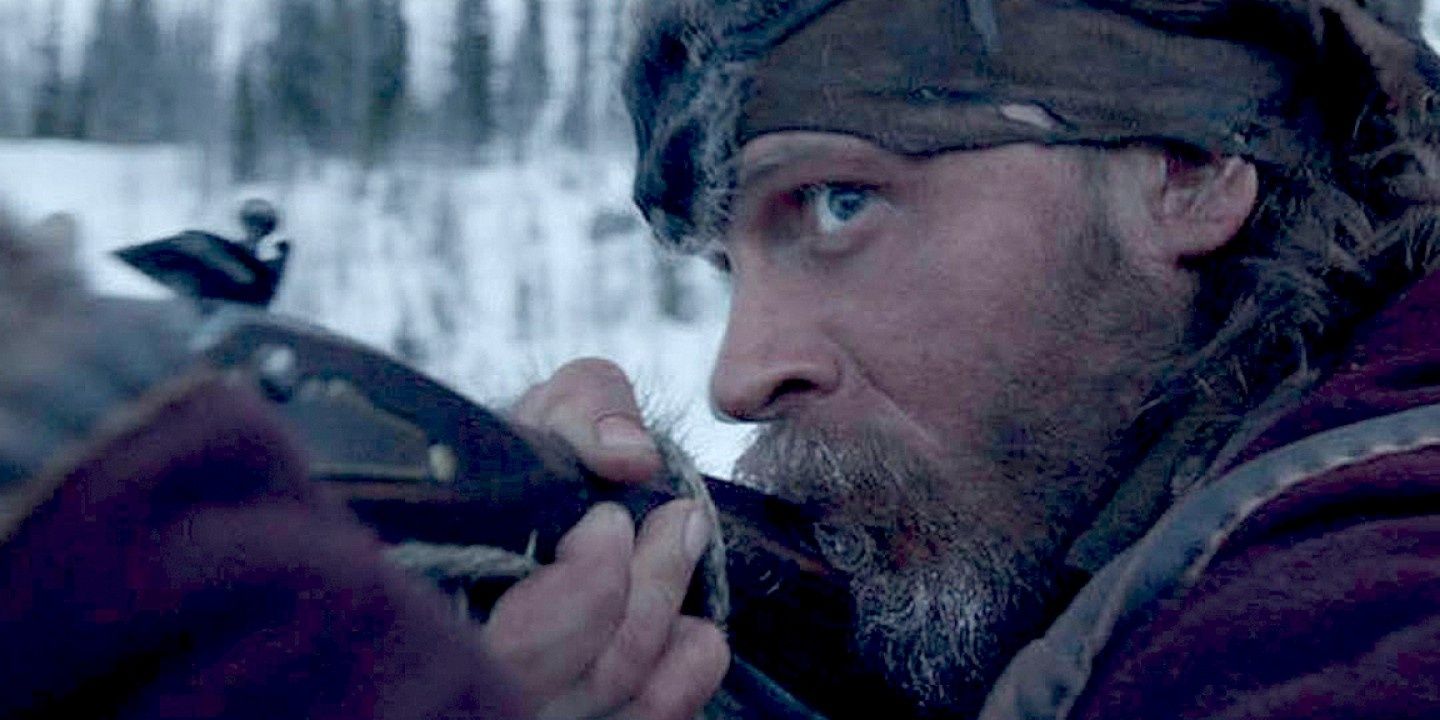
John Fitzgerald aims his gun in the forest in The Revenant
It’s no wonder that the film took so long to get off of the ground; filming was so strenuous and difficult that much of the film’s crew quit before filming could be completed. Producer James W. Skotchdopole, who worked with Inarritu on Birdman, was seemingly banned from the set and was replaced by Mary Parent who now had to prevent the crew turnover from continuing.
Inarritu Wanted More From The Project

The Revenant
Besides the obvious challenges listed above, there were also the things Inarritu wanted to do that weren’t exactly the easiest to pull off. The ambitious director wanted more extras for some scenes and wanted to reach even more isolated locations. Once they did get to one of these spots with the whole team on a helicopter, the lighting turned out to be so bad as to make filming impossible.
The Budget Was Increased By A Lot
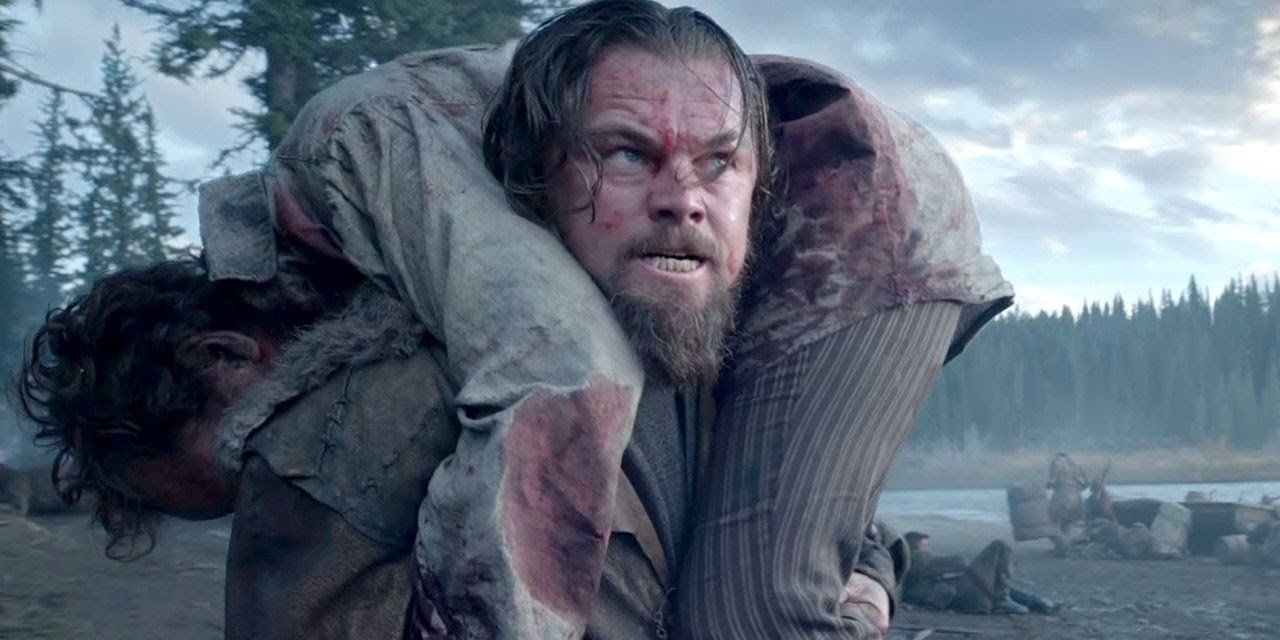
Leonardo DiCaprio as Hugh Glass carrying his son in The Revenant Cropped
With all of the things the team had to go through during the filming—and even before it—the budget had obviously expanded to accommodate such expenses.
Initially, the budget was $60 million. Then, after the first round of problems, it was increased to $95 million. Finally, it got to $135 million, which, luckily, the movie managed to earn back at the box office, aided in part by its Oscar-winning performances.


